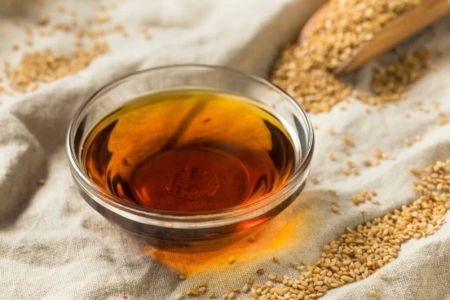How to Make Traditional Chinese Stir-Fried Vegetables at Home: A Delicious and Healthy Recipe
- Key Ingredients for Traditional Chinese Stir-Fried Vegetables
- How to Prepare Vegetables for Stir-Frying
- The Stir-Frying Technique: Mastering the Method
- Enhancing the Flavor of Your Stir-Fried Vegetables
Key Ingredients for Traditional Chinese Stir-Fried Vegetables
Traditional Chinese stir-fried vegetables are a healthy and vibrant dish that celebrates the natural flavors of fresh, seasonal produce. The ingredients are simple but effective in creating a flavorful dish. Here's a list of the essential ingredients you'll need:
- Vegetables: Common vegetables for stir-frying include bok choy, napa cabbage, broccoli, carrots, bell peppers, and mushrooms. You can mix and match depending on your personal taste and what’s in season.
- Oil: A neutral vegetable oil such as canola or sunflower oil works best for stir-frying. You can also use sesame oil for a more authentic flavor.
- Garlic and Ginger: Fresh garlic and ginger are essential for creating a rich, aromatic base for stir-fried vegetables.
- Seasonings: Soy sauce, oyster sauce, and rice vinegar are commonly used in Chinese stir-fry recipes. These seasonings give the vegetables a savory and slightly tangy flavor that is characteristic of Chinese cooking.
- Rice or Noodles: Stir-fried vegetables can be served with steamed rice or tossed with noodles for a more filling meal.
How to Prepare Vegetables for Stir-Frying
Preparation is key when it comes to making stir-fried vegetables. Here’s how to properly prepare your ingredients:
- Wash and Cut the Vegetables: Clean all your vegetables thoroughly to remove any dirt or pesticides. Cut them into uniform pieces so they cook evenly. For example, slice bell peppers into thin strips and chop broccoli into florets.
- Prep the Aromatics: Mince fresh garlic and ginger finely to release their aromatic oils. These will form the base of the flavor in your stir-fry.
- Keep Ingredients Separate: Since stir-frying happens quickly, it's important to keep your vegetables and seasonings separate, as you'll need to add them at different times during cooking.
The Stir-Frying Technique: Mastering the Method
Stir-frying is an essential cooking technique in Chinese cuisine, and mastering it will elevate your dish to new heights. Here’s a step-by-step guide to stir-frying vegetables:
- Heat the Wok: A wok is the best pan for stir-frying, as it allows for even cooking and high-heat cooking. Heat your wok over medium-high heat until it's hot, but not smoking.
- Add the Oil: Once the wok is hot, add a tablespoon of vegetable oil and swirl it around to coat the bottom. Let the oil heat up for a few seconds before adding the aromatics.
- Cook the Aromatics: Add minced garlic and ginger to the hot oil and stir them quickly. Cook for about 30 seconds or until fragrant. Be careful not to burn them.
- Add the Vegetables: Add the hardest vegetables first, such as carrots or broccoli, and stir-fry them for a few minutes. Then, add the softer vegetables, such as bell peppers and mushrooms. Continue to stir-fry for another 3-4 minutes, ensuring the vegetables stay crisp and brightly colored.
Enhancing the Flavor of Your Stir-Fried Vegetables
To truly bring out the flavors of your stir-fried vegetables, adding the right seasonings is key. Here are some tips for enhancing the flavor of your dish:
- Use Soy Sauce and Oyster Sauce: These are the classic seasonings for stir-fried vegetables. Soy sauce adds saltiness, while oyster sauce contributes a rich, umami flavor.
- Add Rice Vinegar: A splash of rice vinegar will brighten up the dish and add a subtle tang that balances the savory sauces.
- Season with Sesame Oil: For a deeper, nutty flavor, finish your stir-fried vegetables with a few drops of sesame oil. This will add depth to the dish without overpowering the natural flavors of the vegetables.
- Garnish with Sesame Seeds and Scallions: A sprinkle of toasted sesame seeds and chopped scallions will add a nice crunch and a fresh, mild onion flavor to finish off the dish.
If you're excited to try making your own traditional Chinese stir-fried vegetables at home, don’t forget to stock up on the freshest ingredients. For the best quality seasonings and sauces to bring authentic flavors to your cooking, visit Chinese Food for all your kitchen needs!


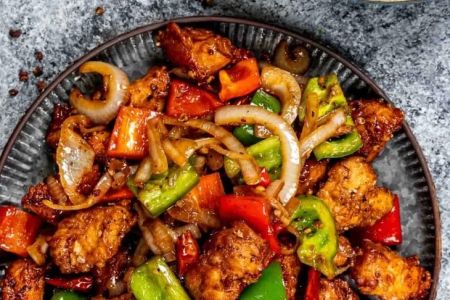
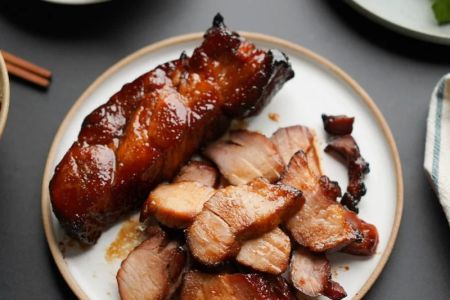
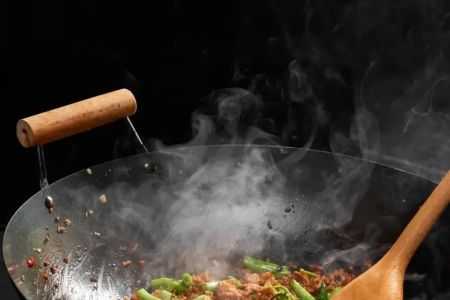
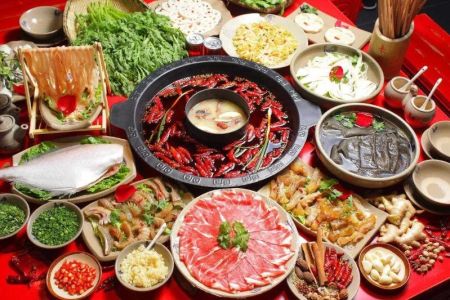
![Top Chinese Restaurants for Authentic Cantonese Cuisine in [Your City]](https://img.gochinarose.com/d33/2507/4157910400_450x300.webp)
